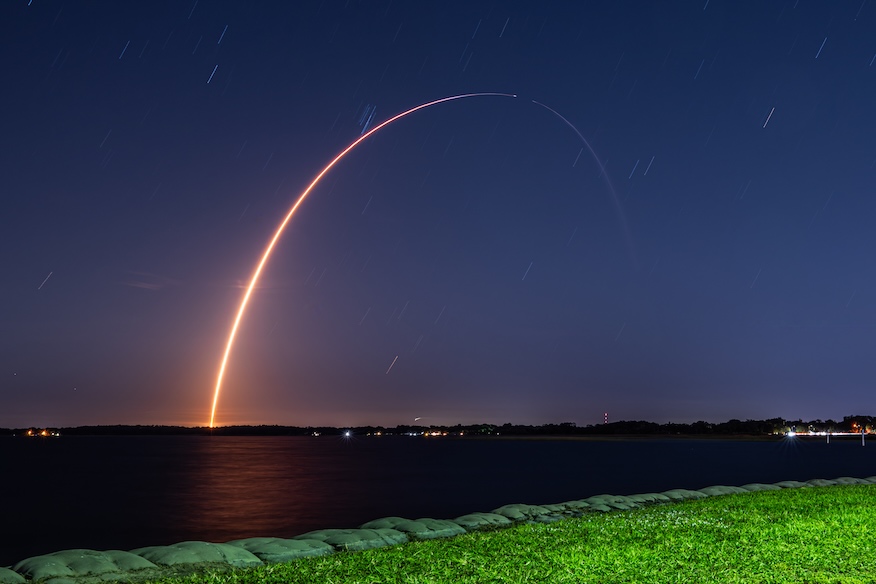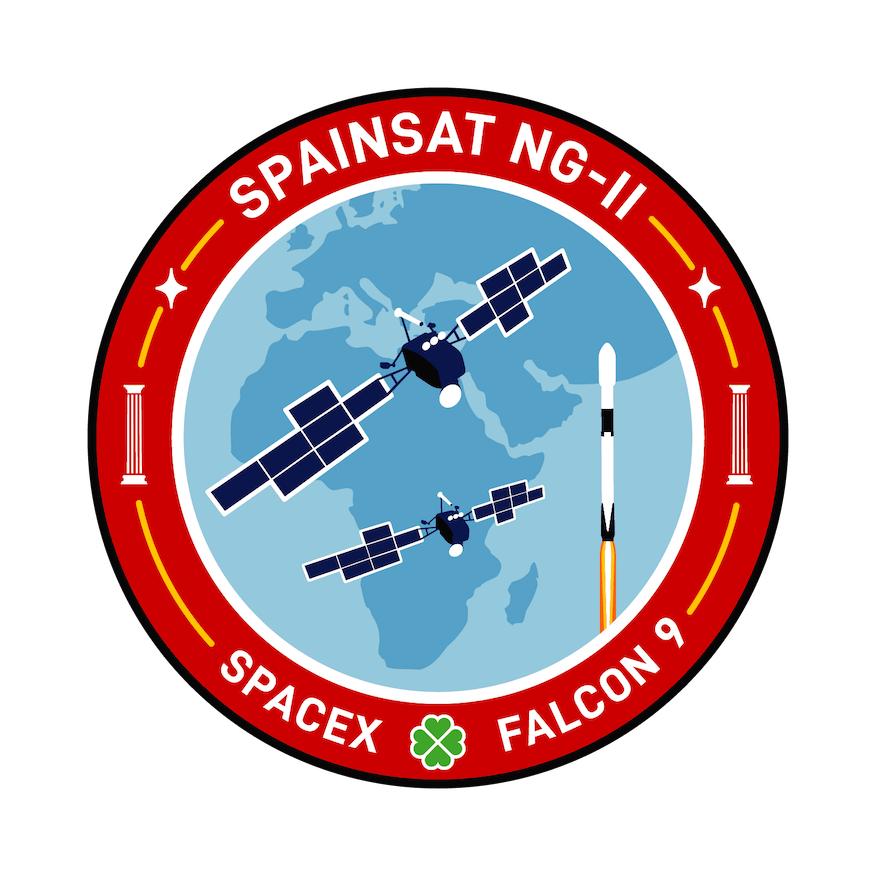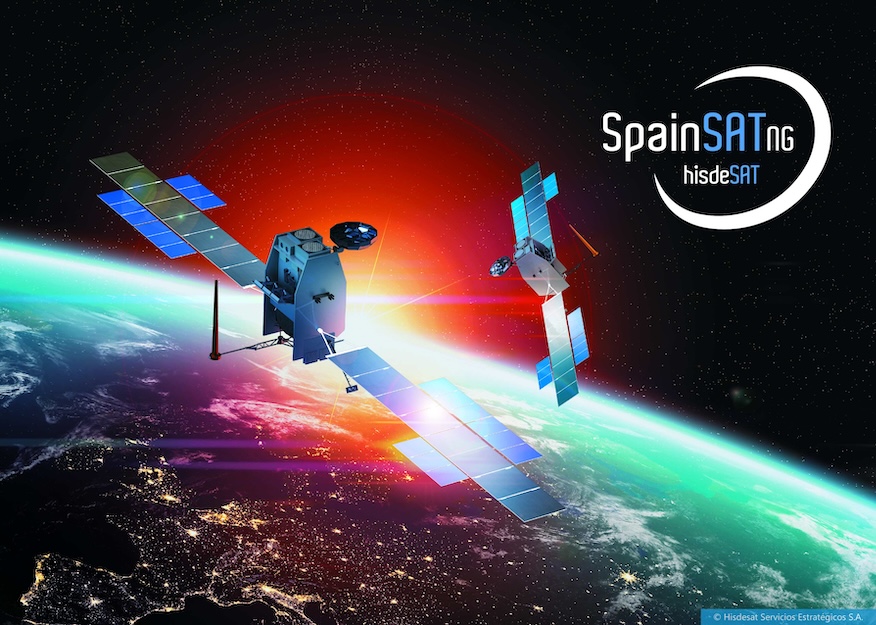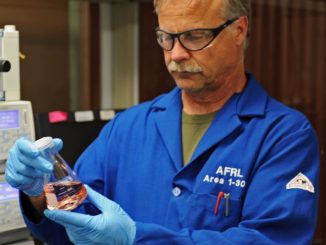
Update Oct. 23, 10:25 p.m. EDT (0225 UTC): SpaceX deployed the SpainSat NG-2 satellite.
A SpaceX Falcon 9 first stage flew Thursday for the 21st and final time — a rare expendable mission for the company’s reusable rocket, which deployed a communications satellite for Spain.
The launch was originally scheduled for Wednesday night, but was delayed 24 hours for reasons not disclosed by SpaceX. The rocket was sighted at the launch pad Wednesday morning, but it returned to its assembly hangar before rolling out again.
SpaceX said the Falcon 9 first-stage booster would not be recovered on this mission “due to the additional performance required to deliver this payload to orbit”. The rocket wasn’t fitted with landing legs or grid fins as they were not needed. The weight savings from eliminating this hardware will add to the rocket’s lift capacity. The two halves of the payload fairing are expected to be recovered after parachuting into the Atlantic Ocean.
The SpainSat NG 2 satellite, clocking in with a fully fueled mass of 6.1 tons (13,448 lbs.), will be flown to a geosynchronous transfer orbit with deployment occurring more than 35 minutes after launch. The satellite will then maneuver itself to geostationary orbit.
Liftoff from Space Launch Complex 40 at Cape Canaveral Space Force Station happened at the opening of a four-hour launch window that opens at 9:30 p.m. EDT (0130 UTC).
The 45th Weather Squadron forecast a greater than 95 percent chance for favorable weather during the launch window with no specific meteorological concerns.
This was the 134th orbital launch of 2025 for SpaceX, tying the total number of launches it achieved for all of 2024. The company is hoping to achieve more than 170 launches this year.

Seeing double
The SpainSat Next Generation (NG) 2 satellite is the second of a pair of geostationary satellites managed by Spain-based Hisdesat. The SpainSat NG 1 satellite was launched on Jan. 29, 2025 on another Falcon 9 rocket that was expended and began operating at the 30 degrees West position on Aug. 11.
SpainSat NG 2 will operate at 29 degrees East. Both satellites have a 15-year nominal operating life.
The pair of satellites were built on Airbus Defence and Space’s Eurostar Neo satellite bus and have a wingspan of nearly 50 meters (164 ft.).

Funding for the satellite came in part from a 74 million euro ($86 million) investment from the Ministerio de Ciencia, Innovación y Universidades (Ministry of Science, Innovation and Universities) via the Agencia Espacial Española (Spanish Space Agency) and the Centro para el Desarrollo Tecnológica y la Innovación (Center for Technological Development and Innovation).
“This satellite will place the Spanish industry at the top of Europe in the field of advanced secure communication systems and today it is the most innovative and advanced communications satellite on our continent, and a palpable example of the Ministry’s commitment to development, progress and innovation,” said the Minister of Science, Innovation and Universities, Diana Morant, as translated by Google Translate.
While the main function of the satellite is to provide secure communications for the Government of Spain, Hisdesat will also offer functionality to the European Union through the Govsatcom program and NATO.
These two satellites operate in the X-, Ka Mil- and UHF-bands. Airbus was responsible for the X-band payload while Thales Alenia Space’s Spanish office built the Military Ka- and UHF-band payloads.
The combination of the two satellites will provide coverage that reaches from the United States in North America to Singapore in Asia.
Deployment of SpainSat NG II confirmed pic.twitter.com/4ZCbbcsgXr
— SpaceX (@SpaceX) October 24, 2025



